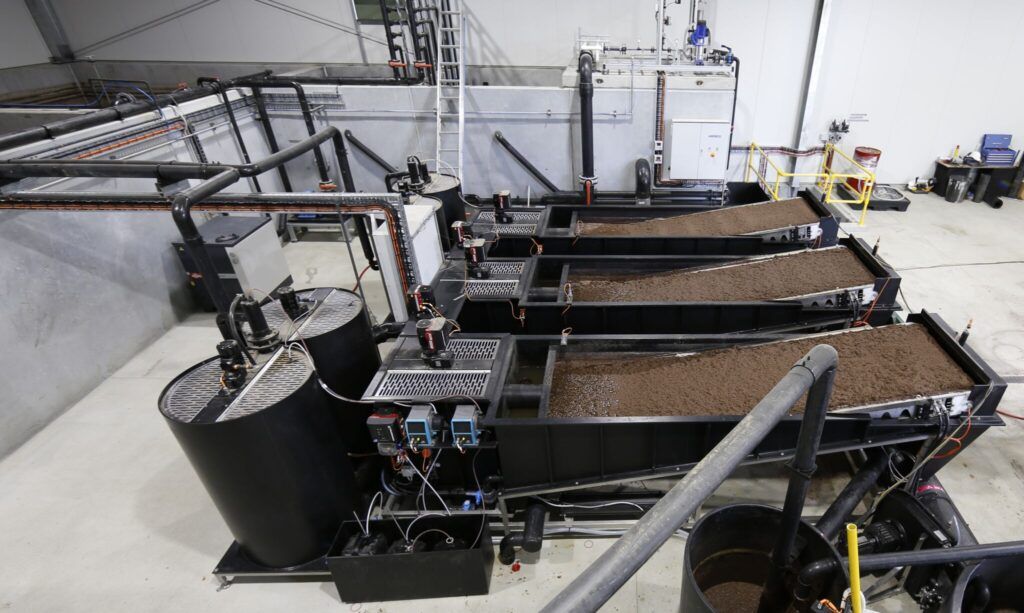AL-2 / Industries / Laundries and textiles
Laundries and textiles
Solution
Treatment of process water and wastewater
Industrial laundries and textile manufacturing use various processes with a significant water consumption. Proper treatment of the process water can provide improved recyclability.
We have provided solutions within:
- Cleaning of mats, carpets, clothes, and textiles
- Dyeing of textiles and carpets
Removal of organic matter and microplastics
Environmental-friendly discharge
With our chemical-mechanical solution we can ensure efficient removal of organic matter and impurities. We have documented high removal of microplastics and micro rubber. It provides a sustainable and decentralized treatment of wastewater before discharge and dilution in municipal sewers.
We have proven, that AL-2 Separation System with chemical-mechanical treatment of wastewater can:
- remove > 99% of microplastic particles larger than 100 µm
- remove 98% of microplastics and micro rubber larger than 10 µm
In addition to the removal of microplastics, the amount of organic material and heavy metals is significantly reduced, which means a significantly reduced load on the municipal wastewater treatment plants. AL-2 Teknik’s solutions provide both environmental and economic benefits.
Innovation
Documented removal of microplastics
At AL-2 Teknik, we perform ongoing development projects in collaboration with leading knowledge organizations. Within laundry wastewater and microplastics, we have in 2020 participated in a project under the Danish Environmental Protection Agency’s subsidy scheme MUDP with the title “Sustainable and decentralized cleaning of laundry wastewater, including removal of microplastics”. The project was a collaboration between AL-2
Teknik A/S, Berendsen Textil Service A/S, Dankalk K/S, College of Engineering, Aarhus University, and the Danish Technological Institute.
Read more about our solution and results in the following report from the Danish Environmental Protection Agency, where the above results can also be found. Read more about the report published by the Danish Environmental Protection Agency.

